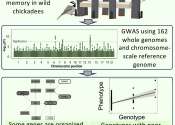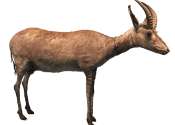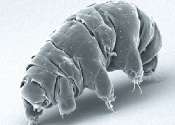Zoo air contains enough DNA to identify the animals inside
The air in a zoo is full of smells, from the fish used for feed to the manure from the grazing herbivores, but now we know it is also full of DNA from the animals living there. In the journal Current Biology on January 6th, ...









